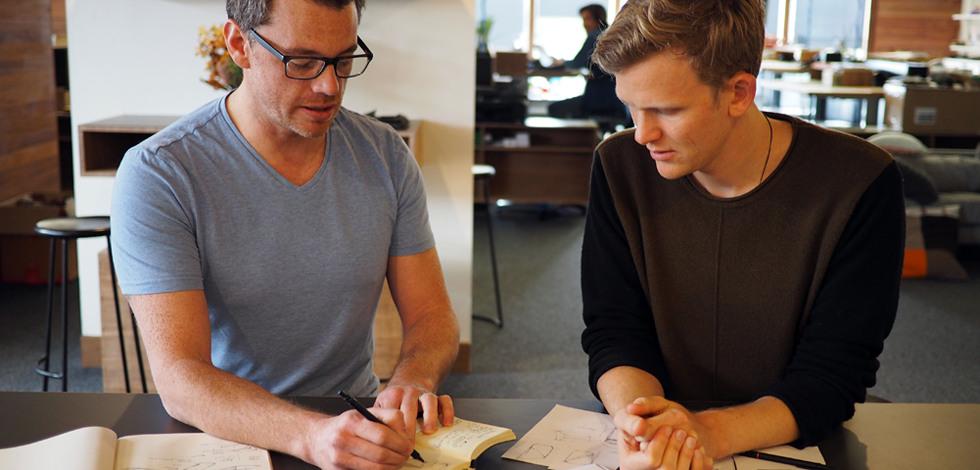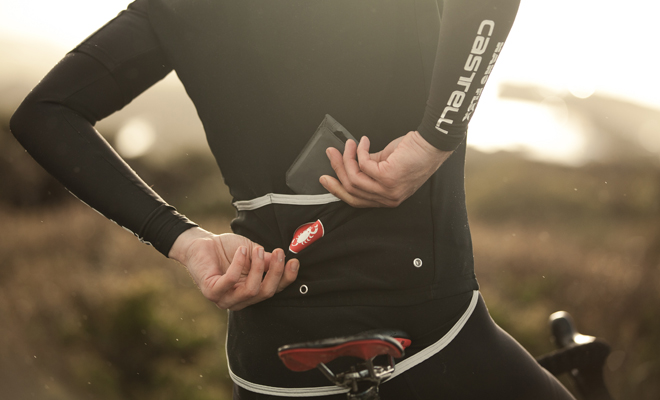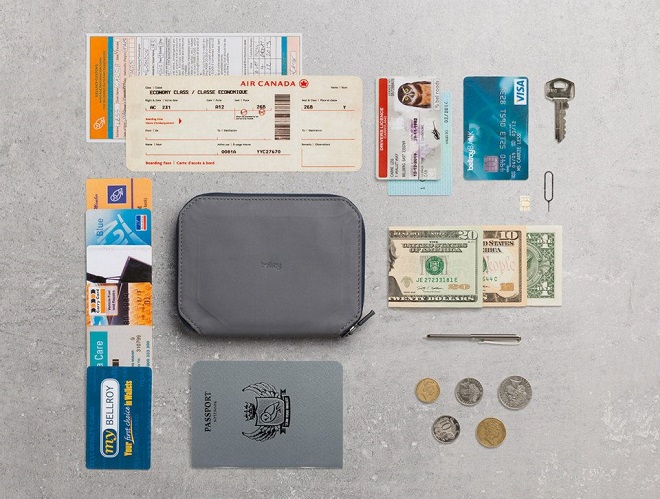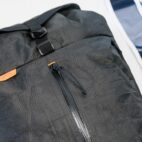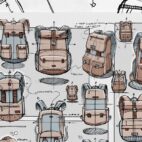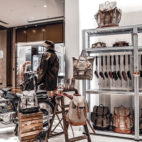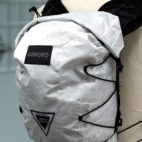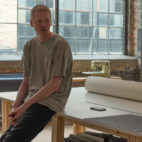The Evolution of the Elements :: Bellroy Interview
One of the most efficient ways to carry is by having products that are multifunctional, lending themselves to diverse areas and uses. The Bellroy Elements Range consists of products that are designed with resilient multipurpose use in mind, along for the ride, whether it’s all-weather work commutes or hitting the adventure trails during periods of downtime. We spoke with Bellroy designers Hadrien Monloup and Davin Hanna to find out more about the creative process, inspirations and challenges behind bringing the range to life…
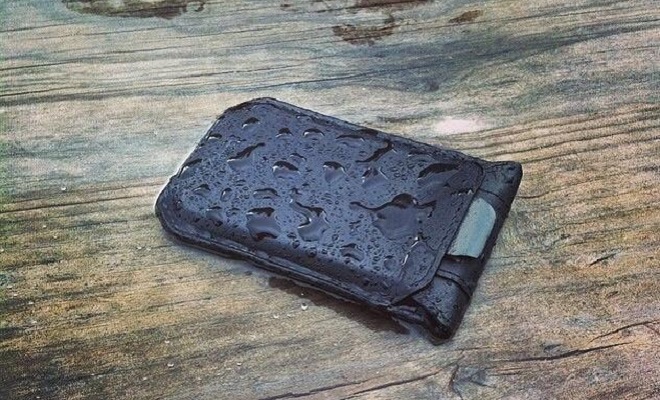
All right, gentlemen. We’ll start with an easy one. You worked together on Bellroy’s Elements Range and I’m sure you both bring different things to the table. So I’m curious how your working relationship works – good cop, bad cop?
(H): I’m French so that makes me the grumpy moody one [chuckle] No, it’s been really good. Davin came on board partway through the process of the Elements Range and definitely brought a different perspective. Without him we wouldn’t have gotten to the level of finishes and details that we ended up with.
Davin is good at digging down to the details, which is not necessarily my best skill. He’d say, “Hang on a second. I think we can get this better; we can get it thinner,” that sort of thing, and I needed that.
(D): And in regards to “good cop, bad cop,” we’re both good cops [laughs].
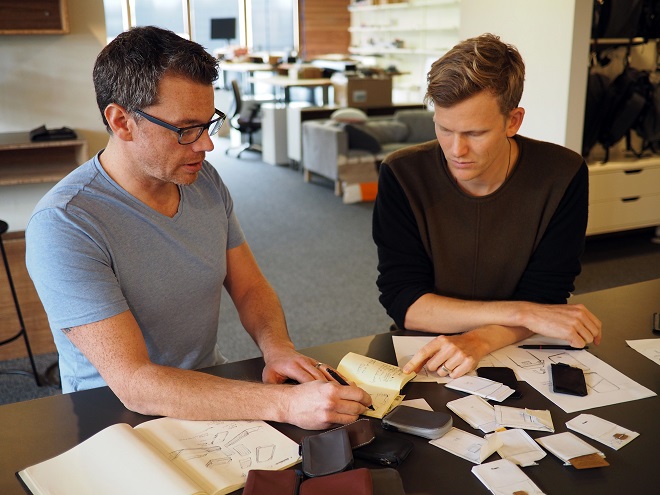
So, good cops, why did you get into design first off, and what makes you keep pursuing it?
(H): I didn’t start with design, I actually did medicine for a while. But it wasn’t quite hitting the spot. Then I had the chance to meet people in the design world. I got inspired by the creativity, the problem solving, the permanent opportunity for growth, and thinking about products in a different light. And design is everywhere so it’s fascinating how we connect with objects when the design and the brand are right. I love everyday stuff. I think there’s a magic and beauty about the objects we use every day.
(D): For me it was getting into a creative space, and the reason I chose to work with product over say illustration or graphics was the hands-on aspect. Also, problem-solving is something I’m really drawn to, and I love all of the tinkering and hacking and hands-on mock-ups. Industrial design is just so broad; it encompasses everything.
(H): It’s like playing Lego and being paid for it!
(D): It totally is. I love that it’s got so many different facets to it. You can be searching for an essence of beauty in form or you can be solving quite mechanical problems as well.

(H): I think if you want to be a good designer, you need to be able to identify and work with constraints really comfortably. So being comfortably uncomfortable is a big part of what makes a good designer. The trickier the subject, the tighter the framework, the more challenging the project is, the more stimulating the project will be.
If you want to be an artist with free decision-making, doing whatever you want, then you do more sculptural design – which is fine; there’s nothing wrong with it – but we’re more about problem-solving. So “Give me a price, a target, a material, or a dimension requirement”, the brand’s values and goals. Something you look at and say, “Wow, we don’t have much room to move and we’re going to have to create something beautiful that someone’s going to love every day and think, ‘Hey, this is the best thing I’ve ever used.’” There’s something magical about that.
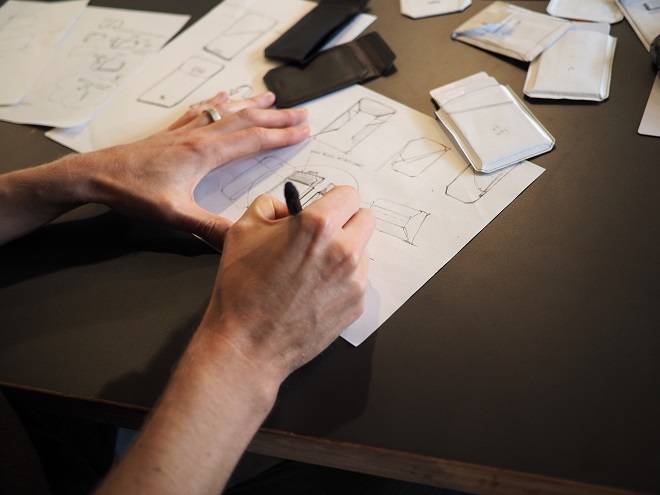
So what were the constraints in relation to the Elements?
(H): Developing specialized leather, facilitating intuitive functionality, plus we wanted a distinct look and feel without straying too far from the simplicity signature of Bellroy.
We had to find ways to personalize the utility aspect of zipped product. How can we make a product that seals well and protects its contents without using closures like clips or Velcro, only leather?
Sure, that makes sense. But you guys are known for your craft leather, so “Why go outdoors?”
(H): Most of us at Bellroy are outdoor people. We all surf, snowboard, we’re on the bike, we’re constantly moving between these work and play relationships, merging them together, and there’s more and more of that happening around the world. You don’t want to change your wallet or your bag too many times between activities. It’s good to have something that can adapt to varied instances of use.
(D): That life-work balance is what Bellroy is all about. For many people that’s a really blurred area, and we’ve potentially got the all-rounders.
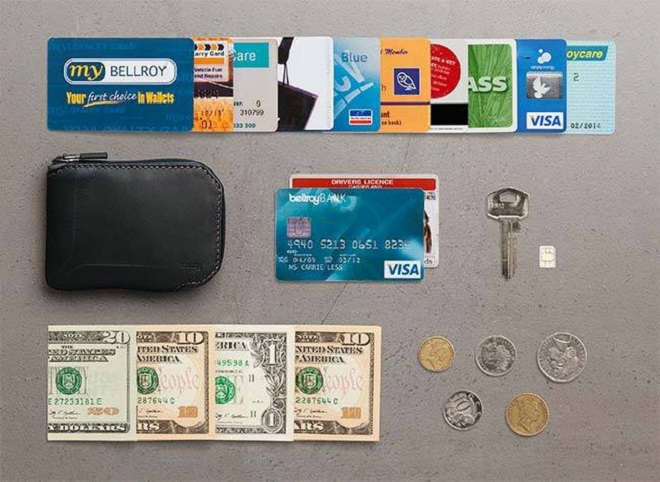
What kind of research did you have to undertake before kicking off the project? What did you need to wrap your heads around?
(H): The Leather! It all starts with the material, how to make a beautiful leather that performs well in all conditions. We love vegetable-tanned leathers because of their patina, eco side and the way they feel in your hand. But by making more resilient product we’re facing compromising look and feel with performance. We’re still working on making them better – performance, elegance, and that surprise through it, which is beautiful.
Then functions and user experience is a big part of the Bellroy design process. We want to keep the big ideas with a beautiful simplicity. It makes our product experience much more enjoyable. But it is a tough one to master. We found that actually cyclists and urban commuters on bikes are facing a tough dilemma. They can be caught in the rain. They want performance and style in a minimal object.
So you looked quite hard into the cycling industry?
(H): Fairly extensively. Quite a few of us actually commute in Melbourne on bikes. We love Rapha, and got inspired by their simplicity and timeless approach. The beauty and the geek, if you like.
(D): What was different about this project was that we looked in different sports markets and cross-over sports areas that really affected how these products were going to be used. That was another layer on top of what we normally research with products, which is interaction, problem-solving and researching construction. We went above and beyond normal construction – with the Sleeve in particular. There was a lot of searching outside of our world, like who’s using different fastenings and closings.
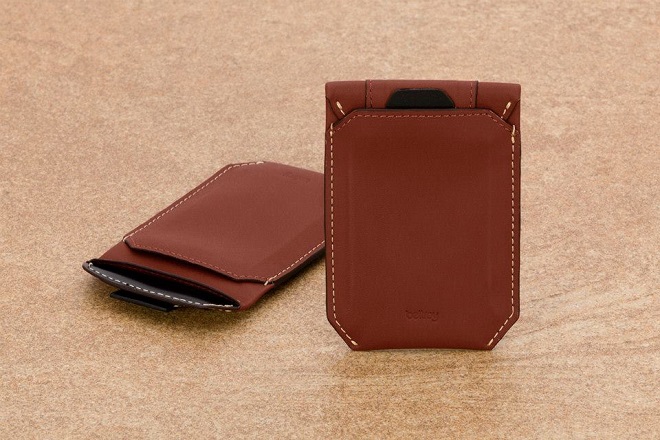
What were the pivotal key points in the design process?
(H): Our process can be summarized in one: prototype, prototype, prototype. We work hard to find ways to test our ideas quickly before even a full product is designed. We try to avoid designing the perfect product. Rather more hacking, testing ideas and combining them in cohesive ways. Exploration instead of invention. “What if we could do that and this and that? Would that work?”
The prototyping, hacking, cutting, gluing directly on something physical and going back to the drafting table when necessary, and then back to the object, is how we bring the best product to market.
(D): I feel there are two paces to the Bellroy design process. While the project is progressing seemingly at a pretty constant pace – and sometimes it might feel slow – there’s a lot of quick movements that happen in the day or weekly process. And that’s what H talked about: sort of hacks and the quick-wit sampling so we’d have things turned around in three or four days from the rough sketch to five, six or seven days later reviewing a sample. That was resolving little problems, testing and eliminating areas of concern, as well as proving areas of excitement and genius. So there’s the long-term movement of the project, but there’s so much quick movement.
(H): Everything is an evolution with Bellroy. We don’t have one style that hasn’t been updated at least ten times because we can always see something that’s not quite working, so we hack it and tweak it and then we find a solution. We release that solution at that point in time. We know it’s better than the previous one and we keep moving. We get thousands of people buying our product, it’s a massive amount of feedback.
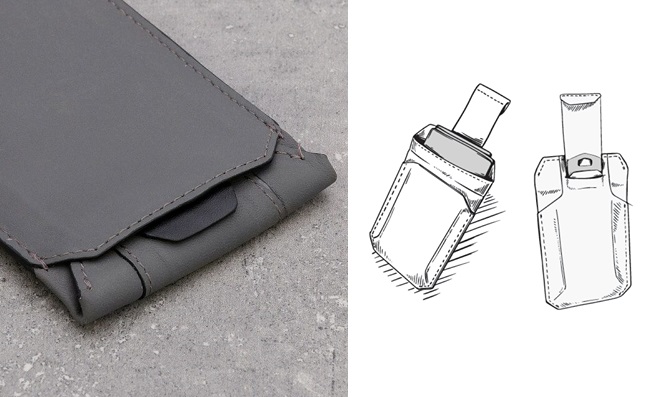
So, basically you guys are in a constant state of progression?
(H): Constant progression, relentlessly evolving.
(D): We might feel like we’ve gotten to an amazing point in the product but there’s still that Bellroy push. I think it’s as embedded in Andy (founder) as it is with H. We can be happy with something but we know we can always push it further.
If each of you could select one past challenge you faced during the collection, what would it be?
(H): Probably the Sleeve was the biggest challenge. Andy and I came up with this idea of learning from the bag industry in which we’d worked for many years. We’ve done roll-top, we’ve done fold-top and that kind of design. And we thought, “Well, what if we could do that in one of these wallets? How would we do a closure system that doesn’t require zips, clips, buttons or anything like that and still protect the contents? How do we make this happen in a very small scale and protect through the leather?”
I thought leather was a bit tricky to work around; it’s not fabric, so folding is sometimes difficult. The design of that one took time and thinking. We’re trying to improve it as we speak.
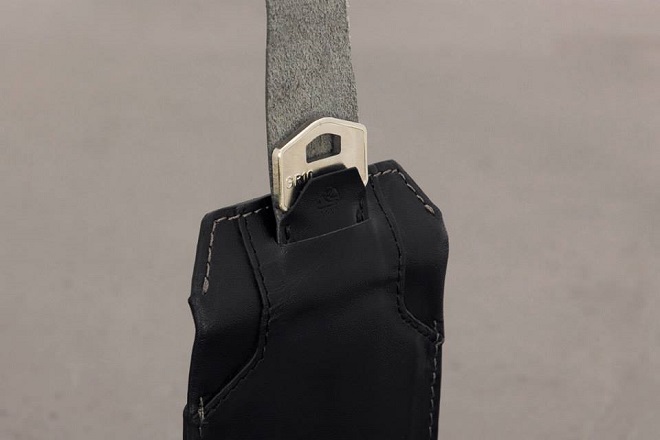
Great. Davin?
(D): The Sleeve was really tricky. Compared to products with fasteners, this is a purist kind of approach. It was a real head-scratcher for a long period of time, but it was a combination of understanding the right thicknesses and balances and tolerances for closing but still being able to have objects inside, and how to effectively crease and fold the leather.
Another hurdle which we made real progress on was controlling the production and sampling process of the zips. We’ve taken our zip construction to another level, being able to control the tolerance and achieve it. At one point we actually had to back it off, our zips had gotten too thin. We’d gone past the point of where we wanted to be, which was a great place to be, to go “Okay we’ve over-achieved; let’s bring it back a bit because it’s got to be really workable and fit the content.”
(H): It took us many prototypes.
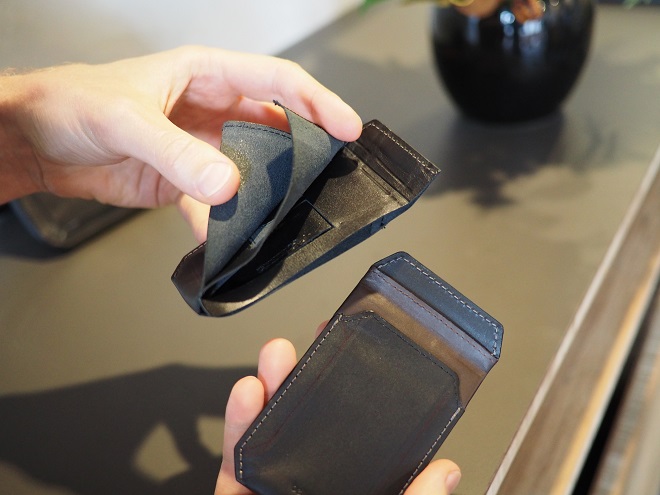
How many prototypes do you think you went through?
(D): We’ve got a couple of drawers that could probably tell you that. [Chuckle]
(H): I don’t know, it’s hard to tell. We could have made 30 prototypes of each.
(D): Then you go back to H’s paper work from last year and you’ve got paper mock-ups, maybe thirty or forty of those as well, and then design files and things like that – lots of iterations.

What’s the biggest lesson you learned along the way?
(H): When you start to bring innovation, it’s new territory, you’re not going to terrifically nail it; otherwise, it would have been done already. I think the biggest lesson is to broaden your spectrum. It’s very easy to look for things that confirm that what you’re doing is good. It’s better to broaden that up and say, “Well, if that was actually still bad, what would we do? If we couldn’t get this to work, what else could we be doing?” and prototype more to cover more ground and make better decisions.
Awesome! So what are you guys proud of when it comes to this range?
(H): I think it’s the whole thing, and it’s more than the product. Our campaign is incredible. The way the team has managed to communicate the function and ideas with so much clarity and beauty.
This collection celebrates what you’re going to do with it. It’s “Live! Go outside. Just live life. Go and do stuff and be happy.” And the object will be in your pocket holding the thing that’s most important to you, which is your money [chuckle] in a lot of ways, or your house key. But it will be there with you like a close friend and it will hold together for a long time, regardless of what happens to you – maybe not a tornado or a typhoon, but life. So the communication, the language, the imagery, the product, the leather – it’s the whole thing together that I think is a beautiful experience.
(D): Yeah. What I’m really proud of with these is the gelling of the product together. In many ways while these are all developed in parallel and in unison, there’s still a disconnect, they are individual projects. Towards the end there was a real moment when things just – and maybe it was through the embossing and the finishing and the zips and the final leathers – but things just gelled. There was unity, things aligned and felt right, and it felt like a family. It’s quite often hard to find that sweet spot when you’re in different departments or different product categories. When I sit them all together there’s a real feeling that, “Yeah, those guys are all related and they’re all meant to have the same genes.”
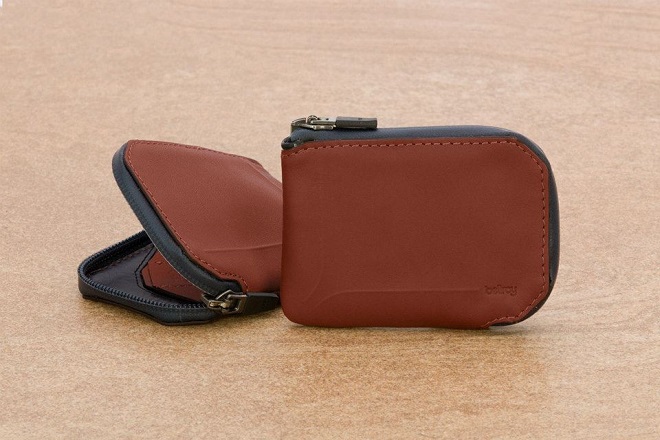
Good move. So now that it’s been released, what’s next for the Elements?
(D): Taking over the world [Chuckle]. Now we need to go snowboarding or downhill-riding!
(H): Well, we can’t talk about too much of what’s coming next. But for this range, right now we’re looking at feedback from our customers, people who have used our products in different ways. I think very quickly we’re going to improve these wallets. In a year from now they will be quite different from what we just released. We’ve learned, we’re going to learn more. More colours possibly is the next thing for that range. New colours, refinement, better performance, better leathers – just better.
Tell me about the all-weather leather…
(H): It’s a leather that has been engineered to resist most stuff like water, sand, abrasion. It doesn’t stretch too much, but we’ve managed to retain some fullness that we have from the vegetable tan. It won’t age nearly as much as a blue steel or a tan, but that’s normal. It’s been designed to resist things – so aging is one of them. But I think the strength of this is it’s still full-grain leather, it’s still beautiful, hard. It’s been treated with the most natural substances you can use in the area of waterproofness and life-proofness. However, it’s not over-coated to resist those things, so it’s been tricky to achieve that. The balance between being as natural as possible but very resistant and resilient is probably what I’m the most proud of with these leathers.
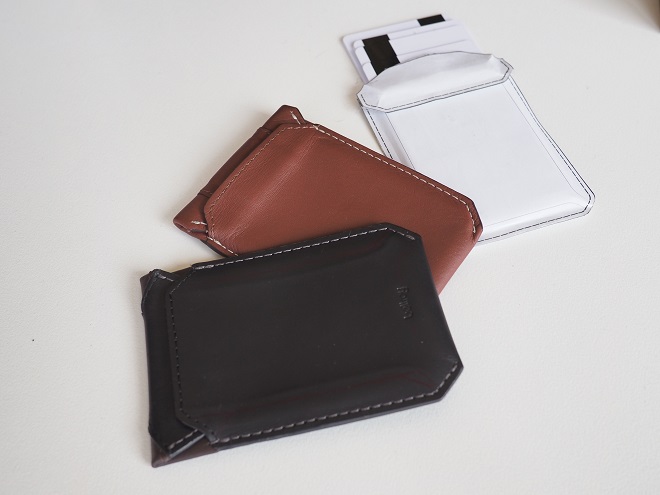
Okay, this is always the hard question. Who else is killing it in the outdoor industry?
(H): Arc’teryx. They’re nailing patternmaking, tech, function, features, elegance, colours. It’s absolutely incredible what they can do in just one product.
Totally agree, Arc’teryx are firing on all cylinders right now. So, here’s a fun one: what would you tell a younger version of yourself?
(D): Don’t be afraid to jump in and just test things. The sooner you jump in, the sooner you get either confirmed or denied and save all of the time you could have spent circling around trying to resolve something. Just implement things quickly and work it out as you go, because without that testing early on you may never get to actually launching something.
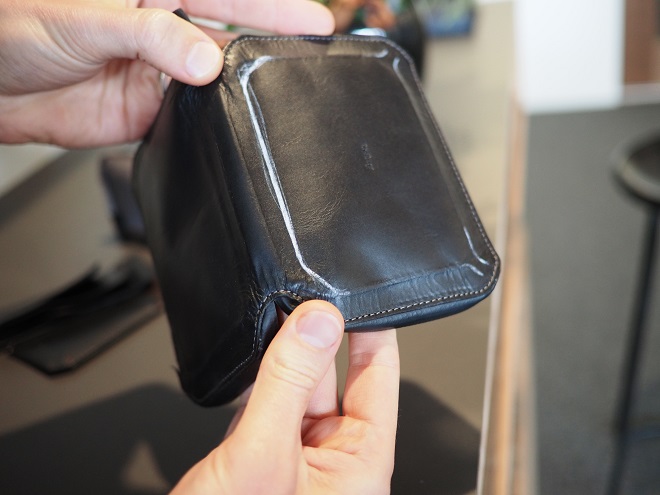
H, if you could go back in a time machine?
(H): I would say design is a very personal thing. We put a lot of our heart and soul in these creations, but at the same time we can’t be too close to them to see beyond their form. They’re just a moment in time of a creative thinking process, and our design is just one out of billions of ways of doing that idea. So don’t get too close to the design, and focus on the job.
(D): I think a songwriter once said that all the great songs have been written; you just need to go out and find them. All the ideas already exist, you’ve just got to reach out and try and find them all.
(H): I would add a quote from Steve Jobs: ‘Creativity is just connecting things. When you asked creative people how they did something, they feel a little guilty because they didn’t really do it, they just saw something. It seemed obvious to them after a while.’
Cool. That’s a wrap.
Hadrien: Awesome!
Davin: Thanks.
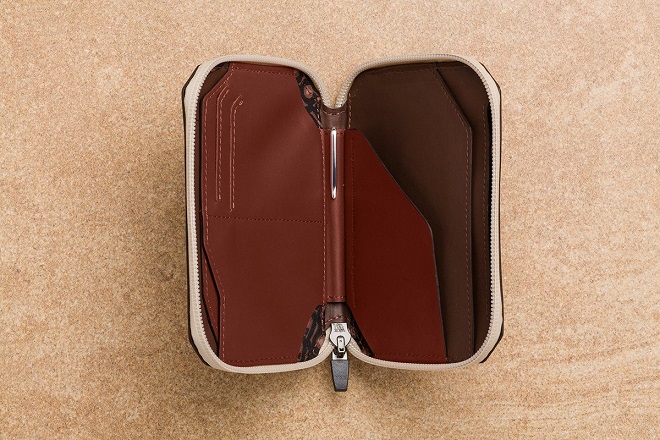





 Carry Awards
Carry Awards Insights
Insights Liking
Liking Projects
Projects Interviews
Interviews
